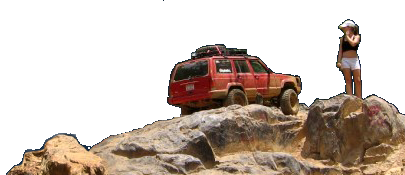adamk
Well-Known Member
- Joined
- Nov 20, 2010
- Location
- Burlington
Here's the situation I'm in. I've got a D60 rear that's geared 4.88 using a ring gear spacer and 3 series carrier. I've had zero issues out of it. I bought an ARB second hand for it and plan to reuse the ring gear spacer (ARB is a 3 series) but I will need new ring gear bolts. I've called ECGS and they don't sell the longer bolts without the spacer. Standard D60 ring gear bolts are 1.125" long but with the spacer I need some that are 1.25" (the spacer is .150"-.165" thick based on google searches).
So this brings me to my questions...What grade are ring gear bolts? I've found what, I believe, I need at Fastenal but they don't have the serrated head. Is the serrated head needed when using lock-tite?
Here's the link to the bolts I've found.
1/2"-20 x 1-1/4" Phosphate and Oil Finish SAE J429 Grade 8 Hex Flange Bolt | Fastenal
Thanks,
Adam
So this brings me to my questions...What grade are ring gear bolts? I've found what, I believe, I need at Fastenal but they don't have the serrated head. Is the serrated head needed when using lock-tite?
Here's the link to the bolts I've found.
1/2"-20 x 1-1/4" Phosphate and Oil Finish SAE J429 Grade 8 Hex Flange Bolt | Fastenal
Thanks,
Adam

